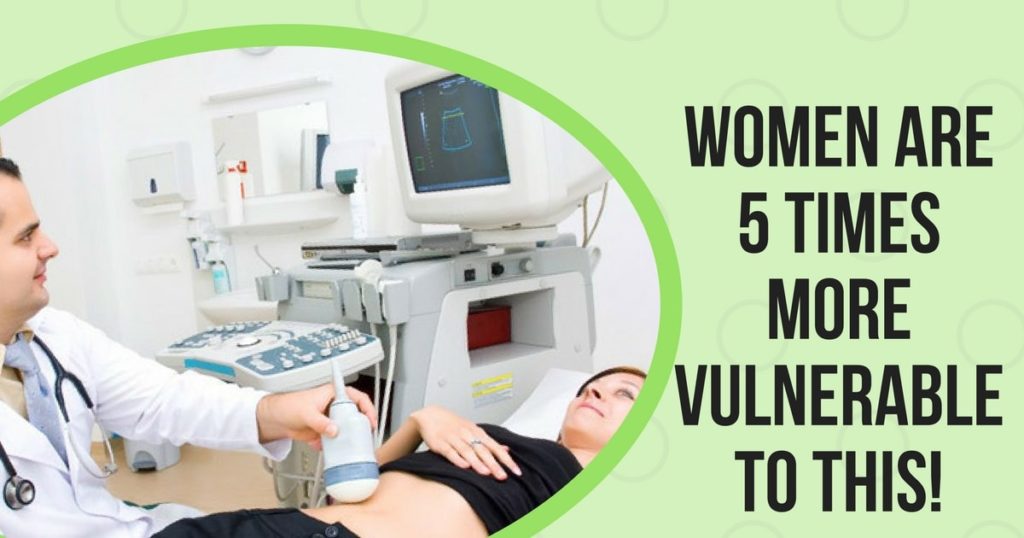Generally, women are almost five times more prone to gallstone formation. Estrogen, the primary female sex hormone regulates the development of secondary sexual characteristics in females, they regulate the menstrual cycle and stimulate the thickening of the uterine lining. Are they responsible for triggering gallstone formation?
Women who are fertile, fat, flatulent (constipation) and in forty are more prone to gallstones. They call this the 4F factor. When these four are present in a female, the risk of gallstone formation is higher. Women have monthly cyclic hormonal changes and this change increases the risk. Generally, women who are above thirty years and who have become pregnant are actually at high risk of gallstone formation.
Along with estrogen, cholesterol is also responsible for gallstone formation. It is a two-pronged attack to be precise.
Estrogen dominance and its effect on bile flow
Sphincter of Oddi is the layer that is present in the far end of the common bile duct where it opens into the duodenum. The Sphincter of Oddi constricts or dilates to regulate the flow of bile into the duodenum. In other words, more estrogen does not allow the bile to flow freely. Estrogen dominance causes this Sphincter of Oddi to constrict thereby reducing or inhibiting free bile flow.
Cholesterol and its effect on bile flow
Food containing less fiber increases the chances of cholesterol being absorbed back by the body. The chief ingredient of bile is cholesterol and this composition makes it natural to absorb the cholesterol in the food. Bile is naturally absorbed back by the body and recycled. Bile that has absorbed more cholesterol is more viscous in nature and this eventually goes on to form the biliary sludge.
The role of estrogen in gallstone formation
Now when the probability of biliary sludge formation is higher and the estrogen dominance also joins hand, it is a double disaster. The biliary sludge could not flow into the duodenum and they flow back into the gallbladder in most cases. This sludge eventually becomes solidified and forms the gallstones. In some cases, they might also flow back to the pancreatic duct through the common bile duct and can cause pancreatitis. If the sludge contains gallstones and accidentally they block the common bile duct, they begin to show symptoms.
Infertility Treatment and its effect on gallstone formation
Infertility treatment involving sex hormones can also increase the risk factor for gallstone formation. Most infertility treatment involves estrogen therapy and hence the estrogen dominance factor is increased. Such women are at high risk. Also, women who are undergoing estrogen therapy are at increased risk of developing gallstones.
How can women avoid gallstone formation?
So is it possible that women can avoid the risk of getting gallstones? The answer is actually a no. But if there is one factor that is under our control, it is the food we intake. Women could increase the fiber content in their diet which has the ability to arrest the cholesterol being absorbed back by the body. High fiber can also contribute to a gradual weight loss. This may decrease the risk to some extent but not entirely as there are many other factors also contributing to gallstone formation.
